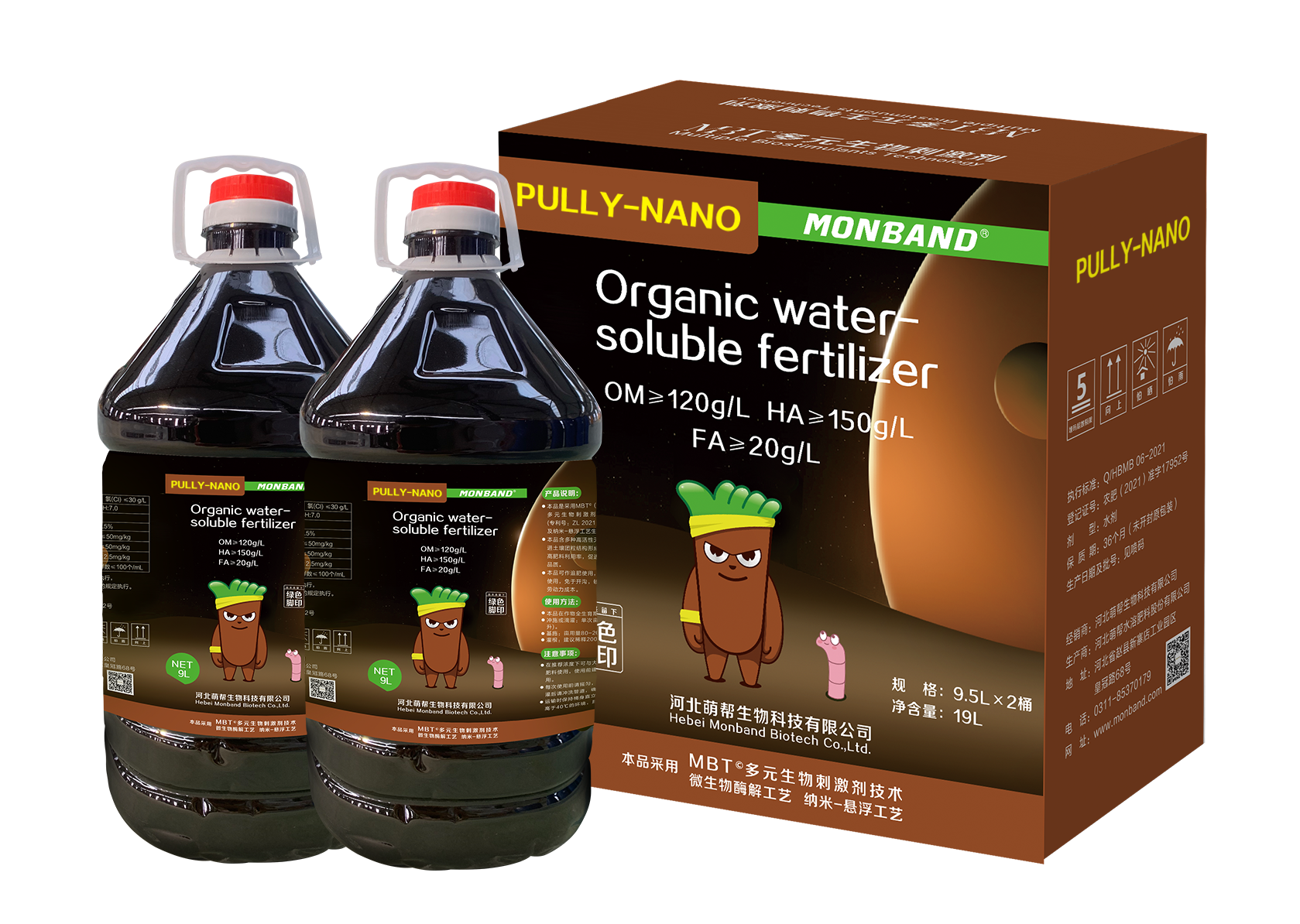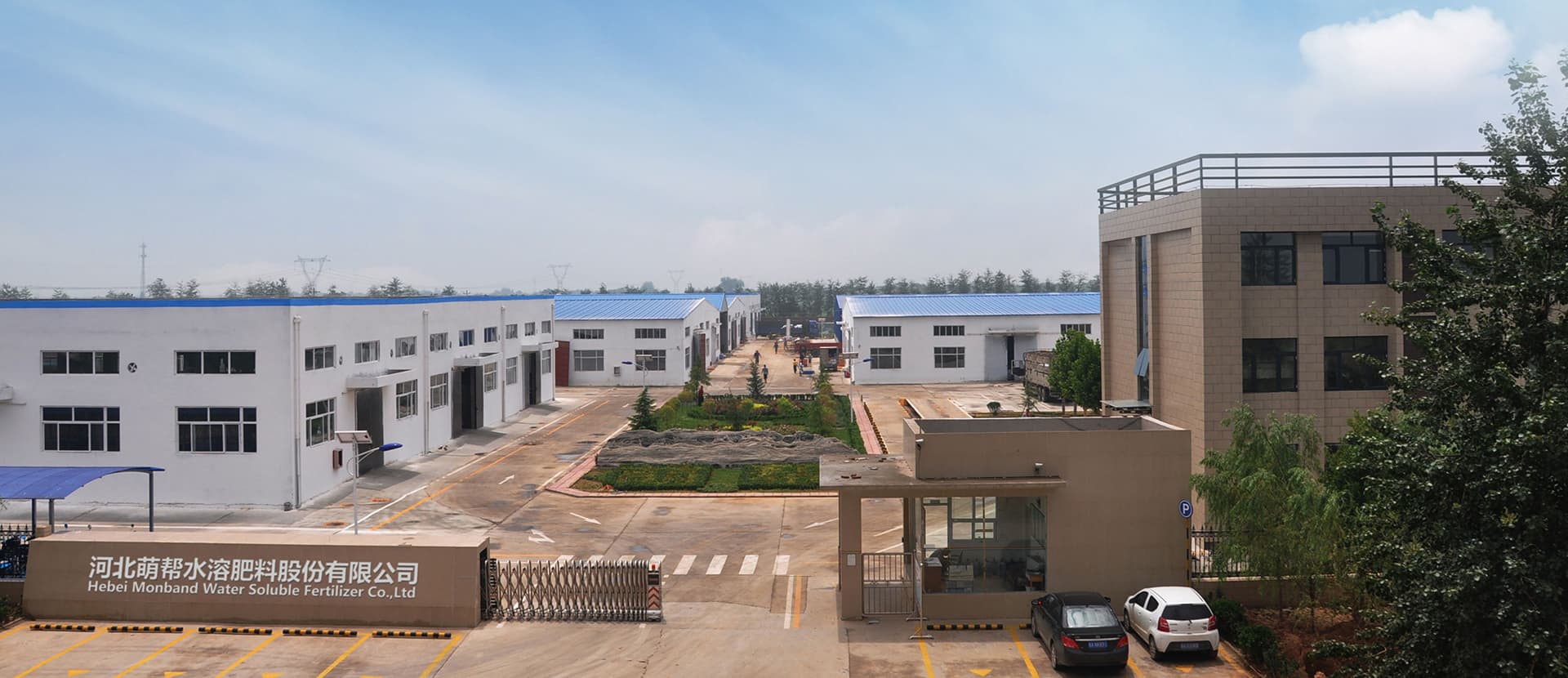For fertilizer management during the flowering period of betel nut, look for Monband® MBT PULI-NANO(MBT SUS)
The management of the flowering period of betel nut is directly related to the fruit setting rate and final yield. During the flowering period of betel nut, the plant's demand for nutrients increases sharply. If the nutrient supply is insufficient or unbalanced at this time, it will easily lead to flower drop and weak fruit. So, how to manage water and fertilizer during the betel nut flowering period?
1. Scientific fertilization
The sensitivity of betel nut flower buds to nutrients increases significantly from differentiation to flowering stage. Nutritional imbalance at this time can easily lead to poor development or abortion of flower organs. High-potassium fertilizer can be applied during the initial flowering period, combined with humic acid water-soluble fertilizer to irrigate the roots to promote nutrient absorption. Be careful to avoid excessive nitrogen application during the flowering period, otherwise it will easily cause excessive growth and aggravate flower drop.

Recommended Monband® MBT PULI-NANO(MBT SUS) (3~5 kg/mu), this is a suspension-type organic water-soluble fertilizer made with MBT©-multi-biostimulant technology. It can provide energy sources for beneficial microorganisms in the soil, improve fertilizer utilization, promote crop rooting, and strengthen tree vigor. Can effectively improve weak roots and weak seedlings. It can not only replenish soil organic matter, but also maintain the root system and promote the tree's absorption and utilization of nutrients.
When the flowering period comes, switch to balanced fertilizer, and spray phosphorus and potassium foliar fertilizer and trace element fertilizer every 10 days. Repeat 2-3 times in a row to significantly increase the fruit setting rate. In case of continuous rainy weather, amino acid foliar fertilizer can be added to alleviate the root system's fertilizer absorption obstacles. Note that foliar fertilizer spraying should be done in the early morning or evening, avoiding periods of high temperature and strong light.
2. Water and Field Management
The soil humidity should be maintained at 60-70% during the flowering period. In case of drought, drip irrigation or sprinkler irrigation should be used to supplement water to avoid flooding and root rot. During heavy rains, attention should be paid to field drainage to avoid prolonged accumulation of water and prevent root rot.





 Learn more
Learn more
 冀公网安备13019902000986
冀公网安备13019902000986